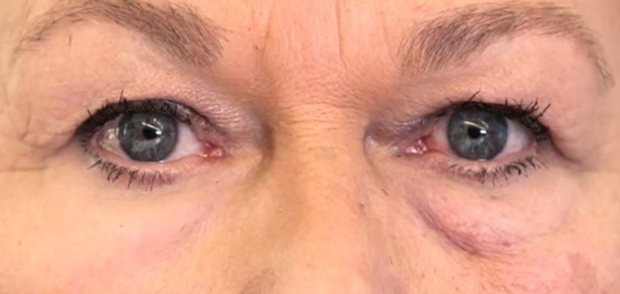Maybe it is time to say goodbye to wrinkles.
The development of a “second skin” polymer which tightens and protects the skin could help reduce wrinkles.
This new material can also help treat skin conditions and different types of dermatitis, such as eczema.
An application of a thin layer of this silicone-based polymer on the skin acts as an invisible coating.
The mechanism is simple as it mimics the elastic and strong properties of youthful, healthy skin.
With aging the skin loses its elasticity and firmness and this problem increases with exposure to the sun.
With age, the skin is less able to protect the body against toxins, extreme temperatures, microorganisms, radiation and injury.
The material, developed by scientists at MIT, was tested on human subjects to copy the elasticity, strength and appearance of healthy skin and is to be used for both medical and cosmetic applications.
Professor Robert Langer, a senior author of this research, said:
“It has to have the right optical properties, otherwise it won’t look good, and it has to have the right mechanical properties, otherwise it won’t have the right strength and it won’t perform correctly.”
The results showed that it can get rid of the puffiness of the lower eyelids (eye bags), hydrate the skin and improve the elasticity of skin.
The “second skin” can also protect the body from UV light such as exposure to the sun and tanning lamps.
Dr Daniel Anderson, one of the authors of this study says:
“It’s an invisible layer that can provide a barrier, provide cosmetic improvement, and potentially deliver a drug locally to the area that’s being treated.
Those three things together could really make it ideal for use in humans.”
Dr Barbara Gilchrest, a dermatologist and author of the paper, explained:
“Creating a material that behaves like skin is very difficult.
Many people have tried to do this, and the materials that have been available up until this have not had the properties of being flexible, comfortable, nonirritating, and able to conform to the movement of the skin and return to its original shape.”
The effect on tightening and hydrating the skin lasted about 24 hours when it was tested on humans.
The study was published in Nature Materials (Yu et al., 2016).
